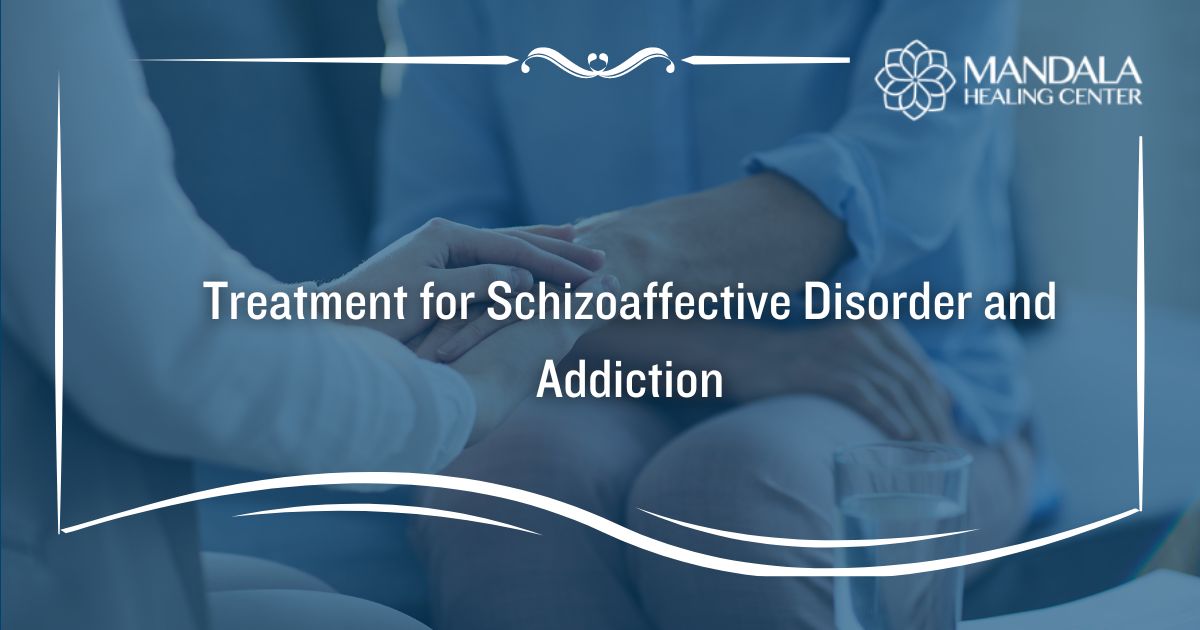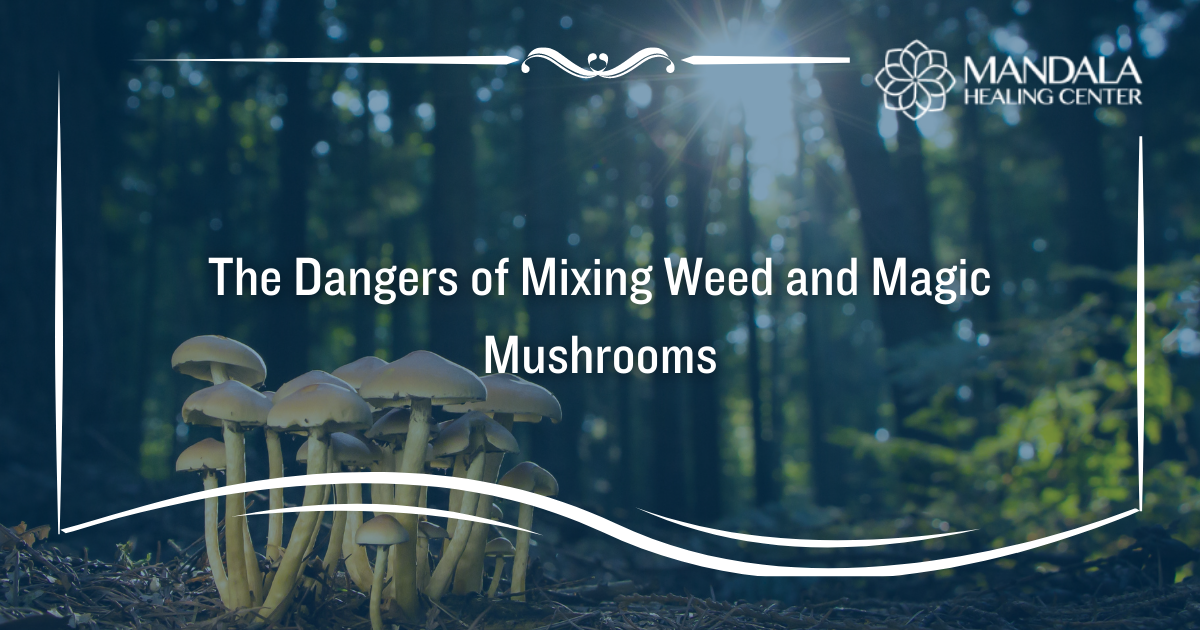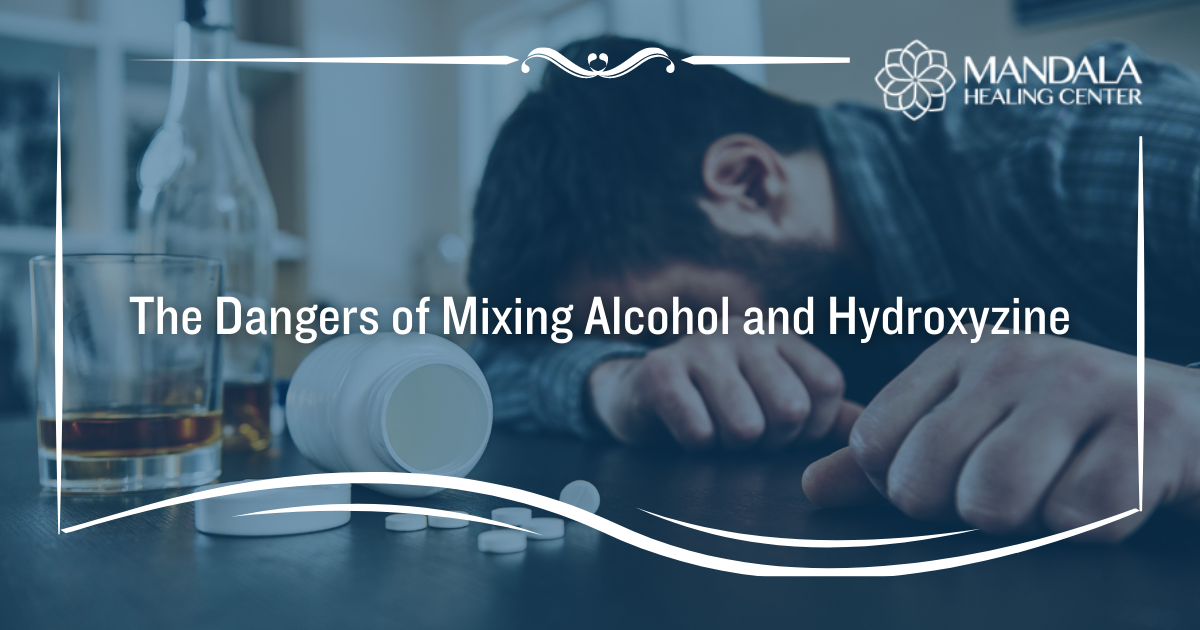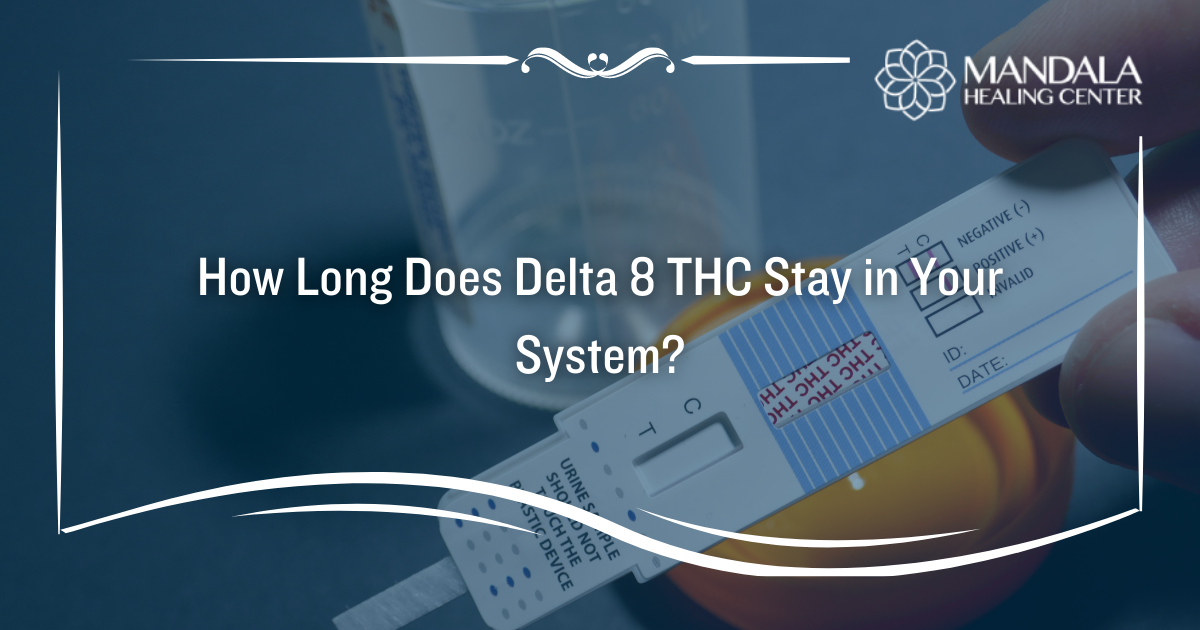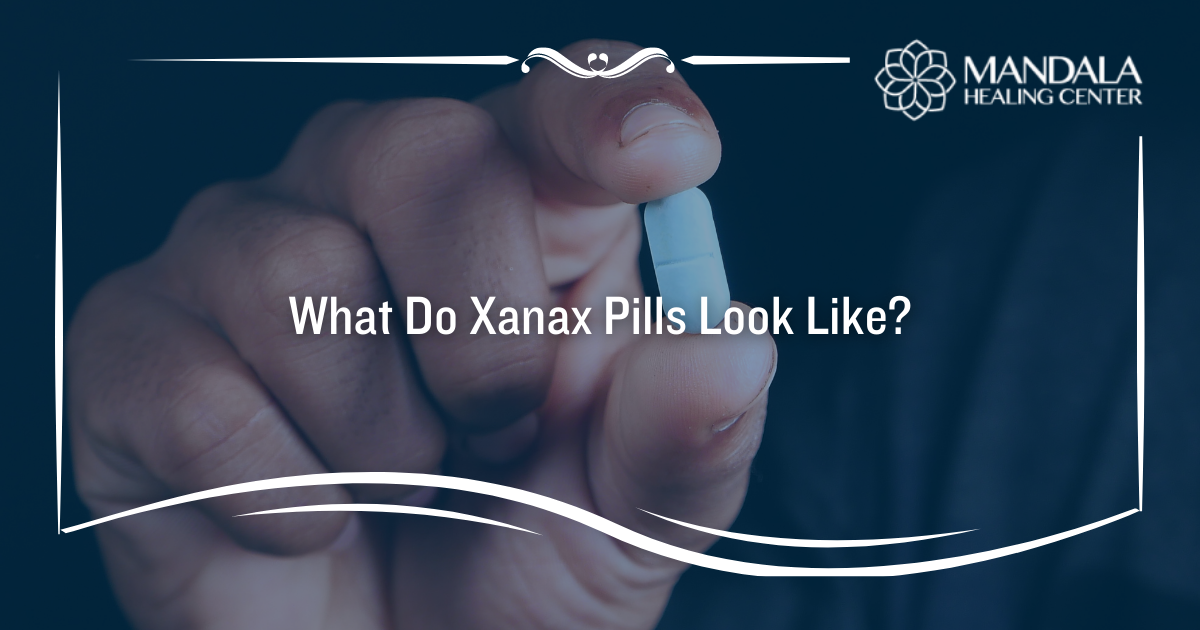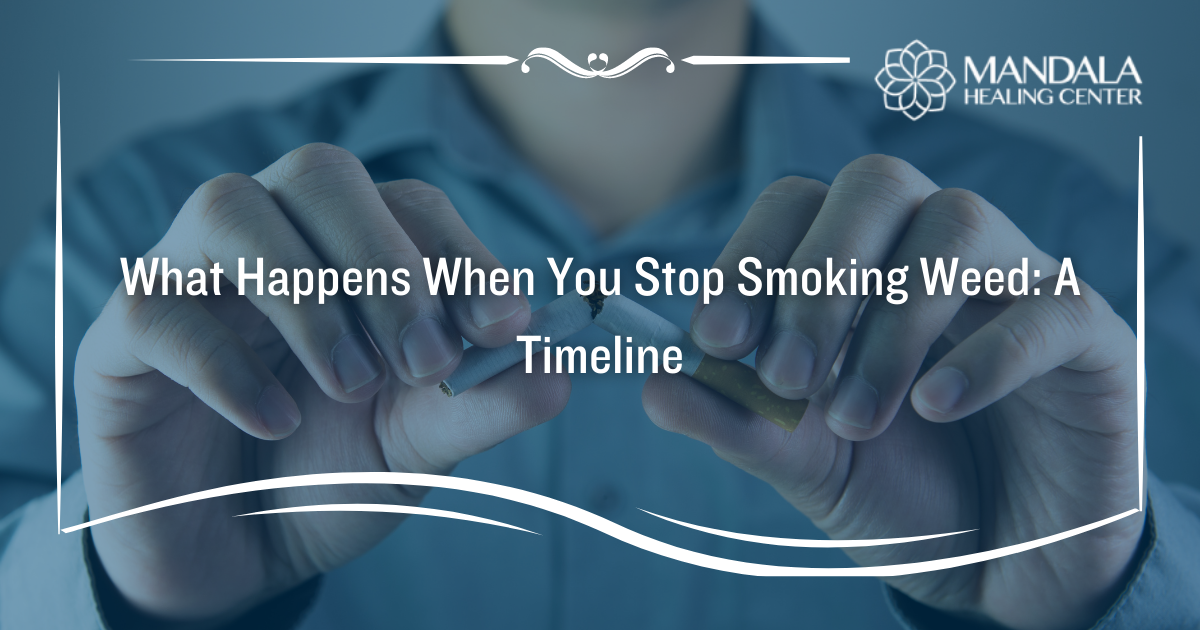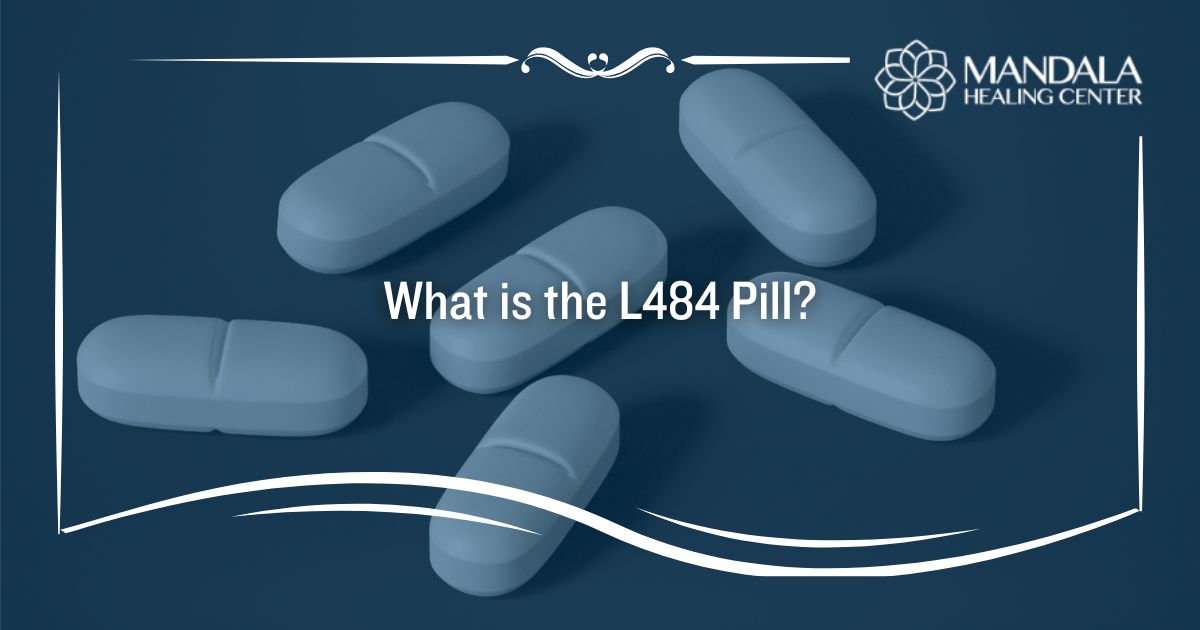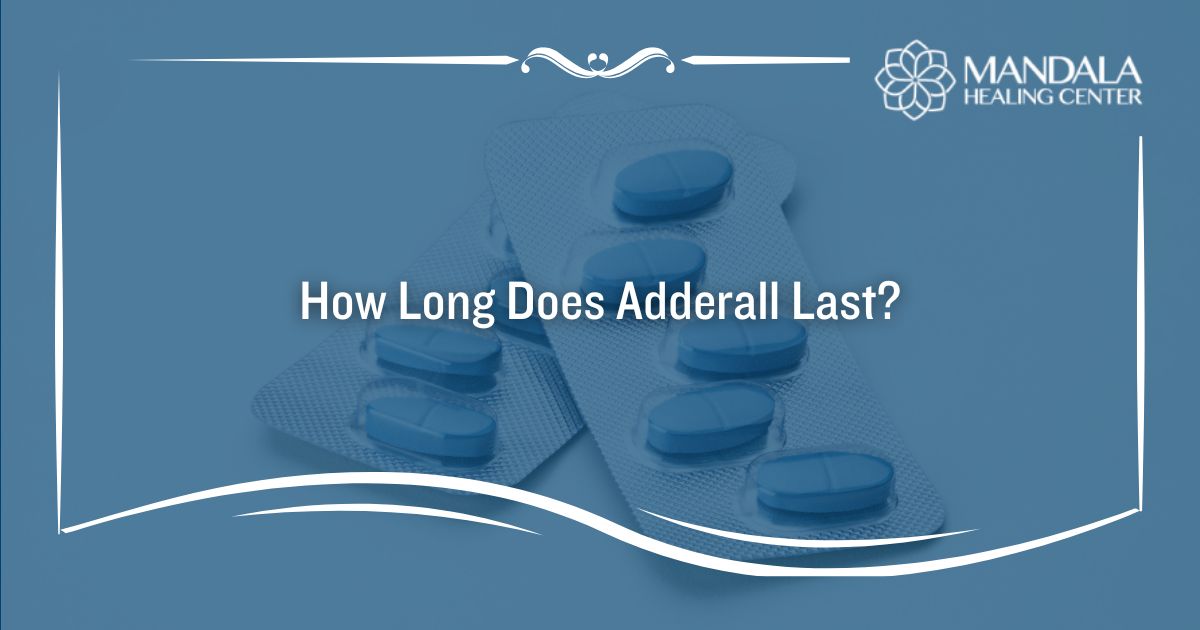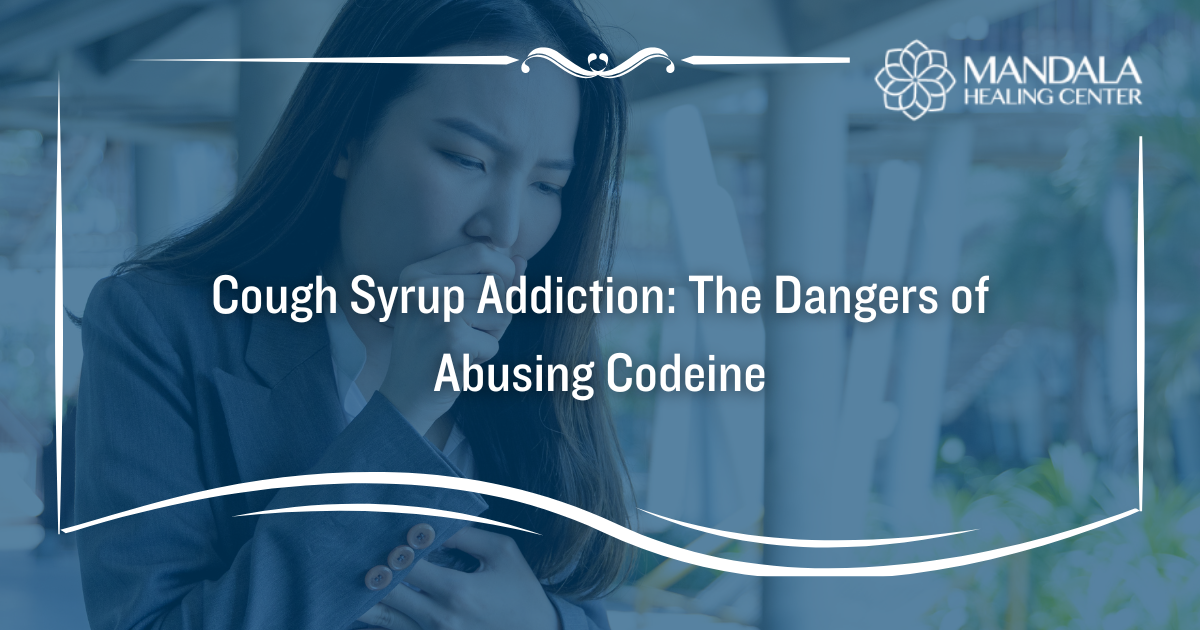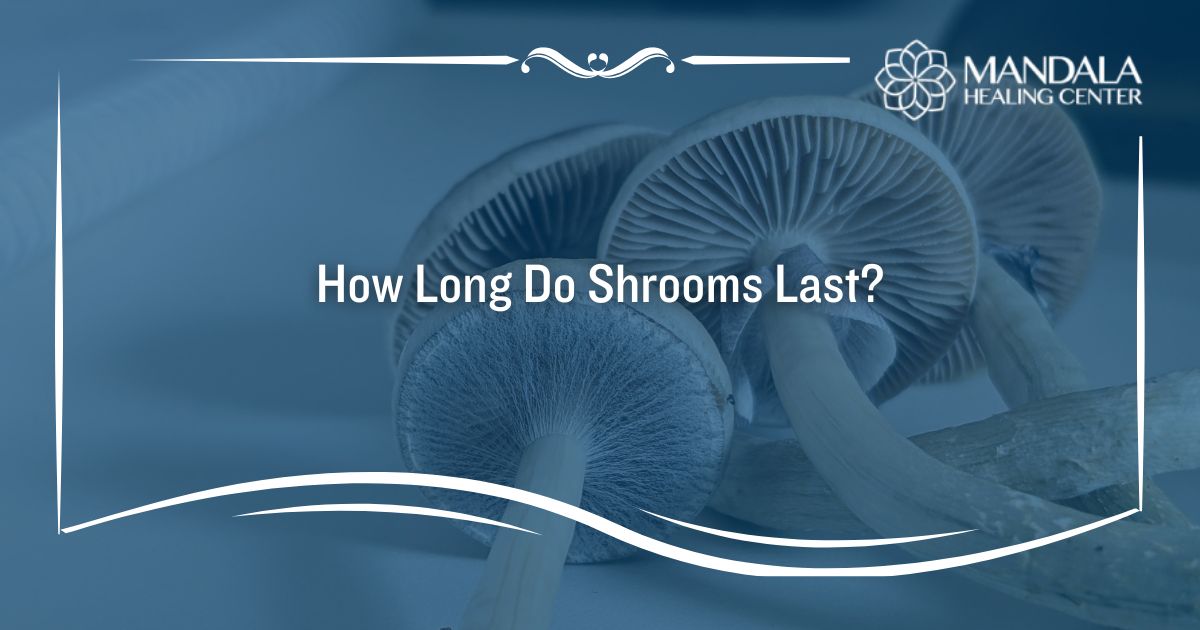Co-occurring disorders are characterized by having a mental illness and a substance use disorder at the same time. They are relatively common, with 21.5 million adults experiencing them.[1] One mental illness that can occur alongside addiction is known as schizoaffective disorder.
Schizoaffective disorder is a mental health condition that combines the symptoms of two mental illnesses: schizophrenia and a mood disorder. Some people with schizoaffective disorder experience the symptoms of bipolar disorder, while others have depression. The symptoms of schizoaffective disorder can be debilitating, leading people to begin abusing drugs or alcohol as a form of self-medication.
According to a study, 36.4% of people with schizoaffective disorder experienced alcohol use disorder as well.[2] There are high rates of people with this condition suffering from drug abuse too.
If you or a loved one has co-occurring addiction and schizoaffective disorder, you’ll need to receive treatment for both conditions at once. A dual diagnosis program like the Mandala Healing Center can offer the tools and support you need to recover.
In this article, you will learn:
- What is schizoaffective disorder
- How schizoaffective disorder and substance use disorder are connected
- How does treatment work for these co-occurring disorders
What is Schizoaffective Disorder?
Schizoaffective disorder is a psychotic disorder characterized by experiencing the symptoms of schizophrenia alongside the side effects of a mood disorder like mania or depression. There is a depressive and bipolar type of schizoaffective disorder. If you have bipolar type, that means you experience both mania and depression on top of the symptoms of schizophrenia.
The symptoms of schizoaffective disorder may include:[3]
- Experiencing hallucinations and delusions
- Using disorganized speech
- Engaging in odd or confusing behaviors
- Losing interest in maintaining hygiene or self-care
- Having a hard time relating to other people;
And
- Experiencing intense periods of sadness that last for two or more weeks
- Losing interest in previously enjoyed activities
- Changes in sleeping and eating habits
- Having lower energy than usual
- Dealing with thoughts of self-harm or suicide;
Or
- Having higher energy than usual and an intensely upbeat mood
- Feeling like you can achieve anything and having a flight of new ideas
- Experiencing racing thoughts
- Increased talkativeness
- Lessened need for sleep
- Engaging in risky or impulsive behaviors
According to the Diagnostic and Statistical Manual of Mental Disorders (DSM), mental health professionals can diagnose a person with schizoaffective disorder if they have:[4]
- Symptoms of depression or another mood disorder for a long period
- An episode of mania or depression while experiencing the symptoms of schizophrenia
- At least 2 weeks of psychotic symptoms (like delusions and hallucinations) without mood symptoms
- There is no evidence of an underlying health condition, substance abuse, or medication that can be causing their symptoms.
How are Schizoaffective Disorder and Addiction Related?
Schizoaffective disorder is a schizophrenia spectrum disorder. This means that most of the research associated with this disorder is lumped in with schizophrenia. However, people with schizophrenia spectrum disorders have high rates of co-occurring substance use disorders.
The prevalence of addiction among people with schizophrenia is between 20 to 65%.[5]
There are a few reasons this comorbidity is so prevalent. First, the symptoms of schizoaffective disorders can be challenging to cope with. People might begin abusing drugs and alcohol to self-medicate their symptoms.
Even further, the bipolar type of schizoaffective disorder causes symptoms of impulsivity during manic episodes. This might make a person more likely to engage in risky behaviors like substance abuse.
Lastly, someone with a schizophrenia spectrum disorder might also have a genetic predisposition to substance use disorder, increasing their risk of developing addiction. Once they try drugs or alcohol, this predisposition is triggered, causing them to experience addiction.
How Does Treatment for Addiction and Schizoaffective Disorder Work?
Co-occurring disorders like schizoaffective disorder and addiction must be treated at the same time. Without doing so, the symptoms of the untreated condition can cause a relapse in the other. Thankfully, dual diagnosis rehab programs like Mandala Healing Center use a two-fold approach to address both mental health and substance abuse.
Treatment for addiction and schizoaffective disorder includes:
Addressing Substance Abuse
The first step in recovering from co-occurring disorders is medical detox. You have to get the substances out of your system and overcome withdrawal before you can focus on therapy and counseling. Medications will be used to lessen your withdrawal symptoms, and cravings, and keep you stable.
Once detox is over, there are numerous services used to help you overcome addiction, including:
- Evidence-based behavioral therapies
- Group counseling
- Addiction education groups
- Holistic treatments like nutritional counseling
- Relapse prevention planning
- Creating healthy lifestyle changes
- And more
Treating Schizoaffective Disorder
While you are in therapy to overcome the root causes of your addiction, you will also work on treating your schizoaffective disorder. First, you will be stabilized on a mood stabilizer or antipsychotic medication depending on the symptoms that you experience.
You will also participate in therapy to address symptoms that might not respond to medication. Cognitive behavioral therapy (CBT) is often preferred because it helps you learn emotional regulation while teaching you how to change negative patterns of thought and behavior.
Find Help for Co-Occurring Addiction and Schizoaffective Disorder
If you or a loved one suffers from comorbid schizoaffective disorder and addiction, it’s time to seek professional help. Dual-diagnosis rehab programs like the Mandala Healing Center can offer the comprehensive treatment you need.
Contact us today to learn more about how treatment for schizoaffective disorder and addiction works.
References:
- The Substance Abuse and Mental Health Services Administration (SAMHSA): Co-Occurring Disorders and Other Health Conditions
- The National Institute on Alcohol Abuse and Alcoholism (NIAAA): Alcohol Use Disorder and Schizophrenia or Schizoaffective Disorder
- The National Alliance on Mental Illness (NAMI): Schizoaffective Disorder
- Yale Medicine: Schizoaffective Disorder
- Science Direct: Substance use disorders in schizophrenia: Prevalence, etiology, biomarkers, and treatment


